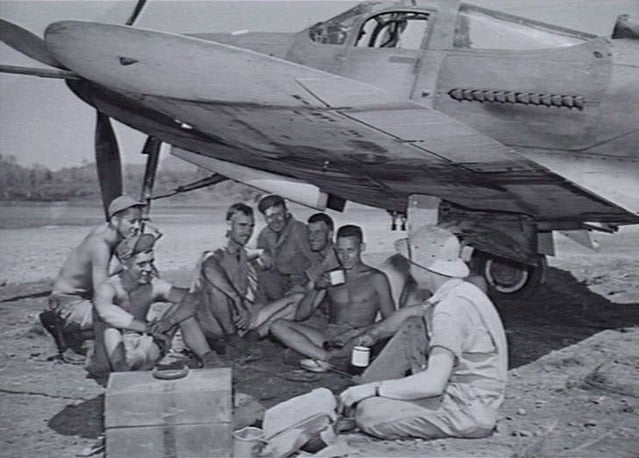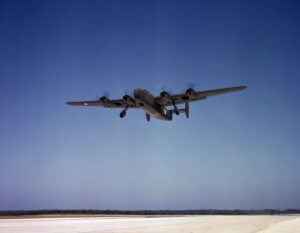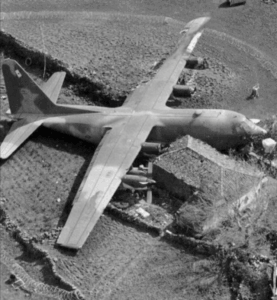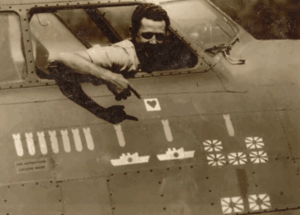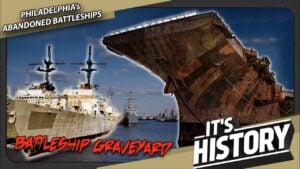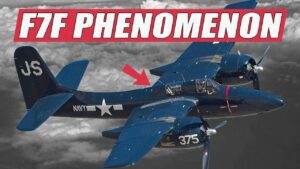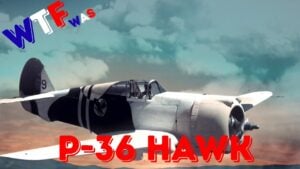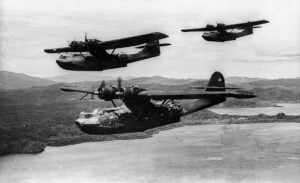How America’s Most Hated Fighter Scored the First Jet Kill in History
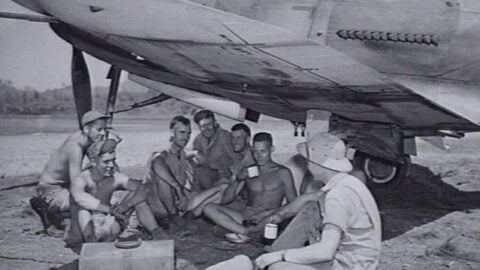
Australian War Memorial collection, Public domain, via Wikimedia Commons.
The Plane Nobody Wanted
In 1942, when the world’s skies were ruled by Spitfires, Messerschmitts, and Zeros, the U.S. Army Air Forces introduced an aircraft that seemed more like a mistake than a weapon. Officially called the Bell P-39 Airacobra, it quickly earned an infamous nickname among pilots — the “flying coffin.” Its engine sat behind the pilot, an unusual layout meant to balance weight and improve aerodynamics. Instead, it created dangerous vibrations and unpredictable handling. The long drive shaft that ran under the cockpit floor made pilots uneasy, feeling as though they were sitting atop a spinning spear.
The P-39’s ceiling barely reached 12,000 feet, far below the German interceptors cruising at 25,000. Its Allison engine choked at high altitudes, forcing pilots to fight low and fast. American and British airmen dismissed it as outdated before it even met the enemy. Britain canceled its orders, and France never received theirs. Yet, thousands were still built in Buffalo, New York. The reason was simple — the U.S. needed numbers fast. While the best aircraft went to Europe, the P-39 was sent abroad through the Lend-Lease program, particularly to the Soviet Union.
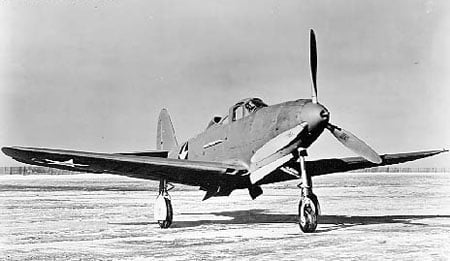
U.S. Army Air Force, Public domain, via Wikimedia Commons.
Redemption in the East
Over the frozen battlefields of Stalingrad, the Airacobra began to change its reputation. Russian pilots, fighting brutal low-altitude dogfights, discovered the plane’s hidden strengths. Its 37mm nose cannon could tear through German bombers with a single hit. What was once called a death trap became a survivor’s machine. Pilots like Alexander Pokryshkin mastered it, scoring dozens of kills by attacking swiftly, firing once, and diving away before the enemy could react.
In these close, fast battles, the Airacobra’s supposed flaws became assets. The Soviets fought at altitudes where its engine performed well. The aircraft’s heavy armament and sturdy frame made it ideal for the rough Eastern Front. Reports of its success soon reached Washington, forcing American officials to reconsider whether they had misjudged the design.
Lessons That Changed American Design
At Bell Aircraft, engineers refused to abandon their flawed creation. They refined the design, improved cockpit visibility, and introduced a stronger tricycle landing gear that made takeoffs and landings far safer than other fighters. While the P-39 could not match the altitude or range of the P-47 or P-51, it taught critical lessons about aerodynamics, stability, and pilot safety.
Those lessons led directly to the P-63 Kingcobra and later to a leap forward in aviation — jet propulsion. The Airacobra’s unconventional layout inspired design elements that appeared in the first American jet fighter, the Lockheed P-80 Shooting Star. With a streamlined fuselage, balanced center of gravity, and tricycle landing gear, the P-80 was everything the P-39 had hoped to be.
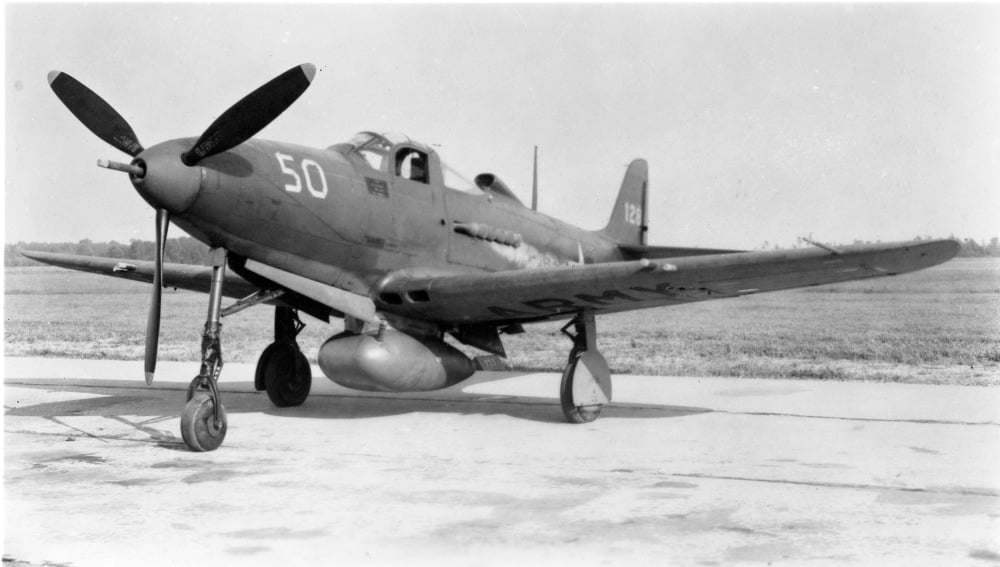
The Arrival of the Jet Age
Meanwhile, German engineers had already introduced the Me 262, the world’s first operational jet fighter. It was twice as fast as any Allied plane and could climb four times as quickly. But it was unreliable, difficult to maintain, and most vulnerable during takeoff and landing. That weakness gave Allied pilots their only chance.
By late 1944, the P-51 Mustang had become America’s top prop-driven fighter. It was faster, higher-flying, and more efficient than any plane before it. In November of that year, Lieutenant Urban “Ben” Drew of the 375th Fighter Squadron spotted two Me 262s near a bomber formation. He pushed his Mustang to its limit, diving on the jets as one slowed for attack. With a burst of gunfire, Drew hit its engine, sending it spiraling in flames — the first jet ever destroyed in combat by a piston fighter. Moments later, he shot down another.
From Failure to Foundation
At first, Drew’s claim went unconfirmed; his gun camera had malfunctioned. Only after the war did records verify both kills. The irony was striking. The same aviation culture that once mocked the Airacobra had produced the pilot and plane that defeated the future.
The P-39’s failures had forced American engineers to evolve. Its mistakes shaped the balance, visibility, and performance of the Mustang and the jets that followed. When the war ended, the roar of propellers gave way to the thunder of jet engines. Yet beneath the polished metal of every Shooting Star, Sabre, and Phantom lay the DNA of the Airacobra — the fighter once called America’s worst, which ended up teaching the world how to master the sky.
